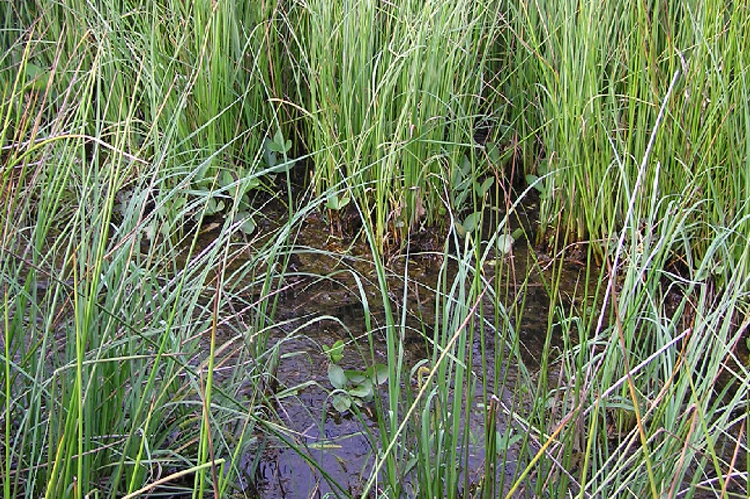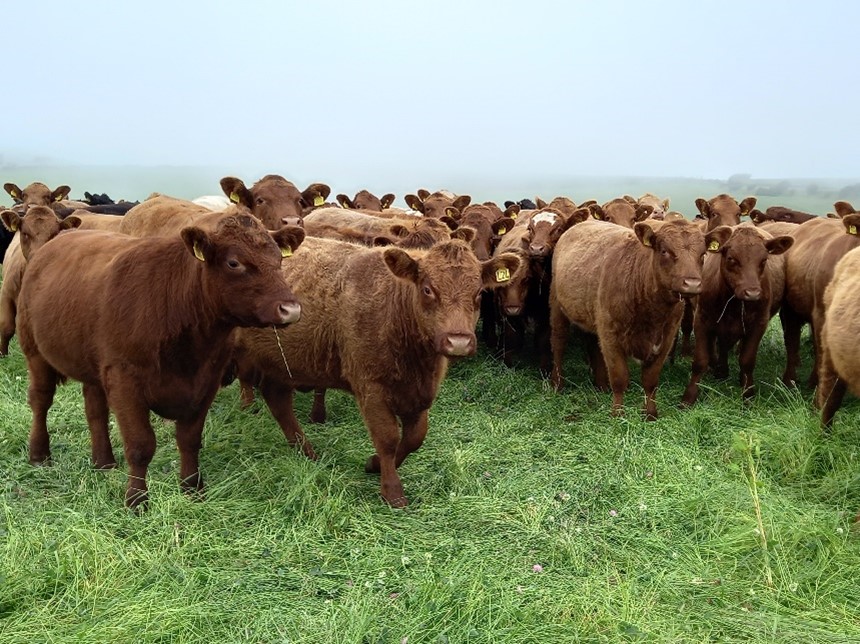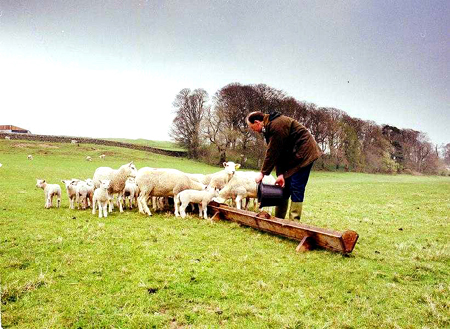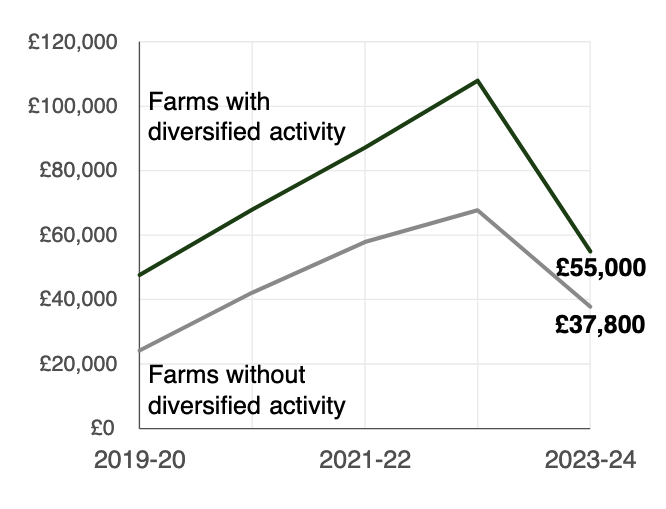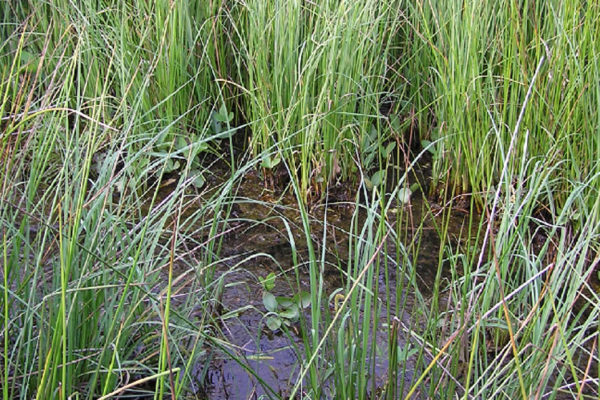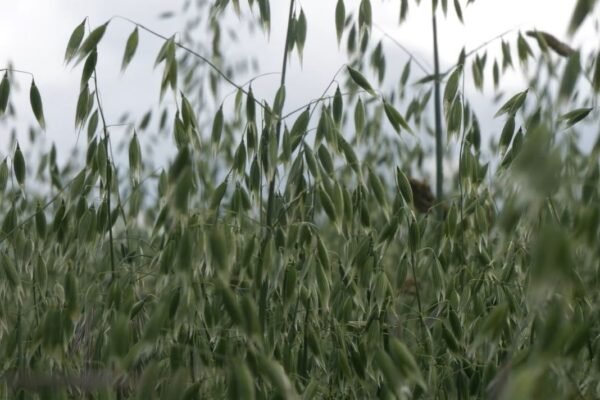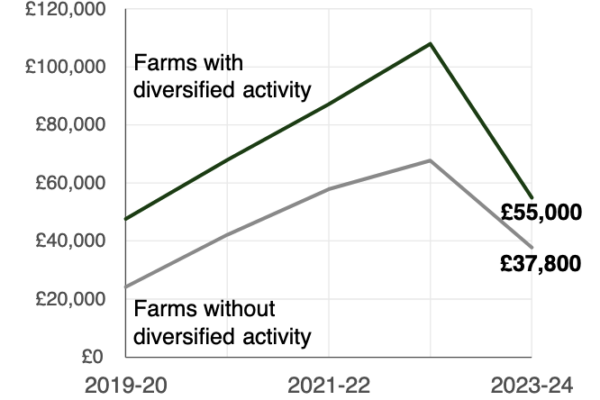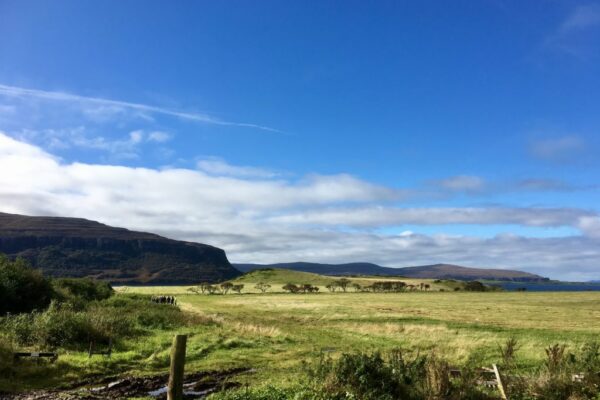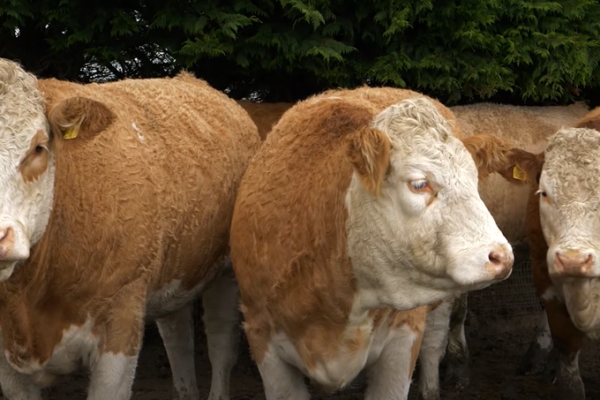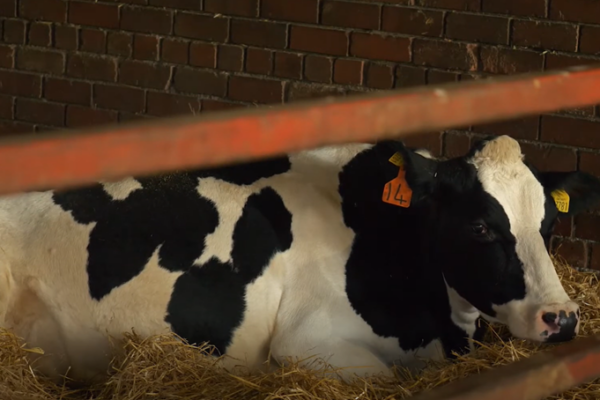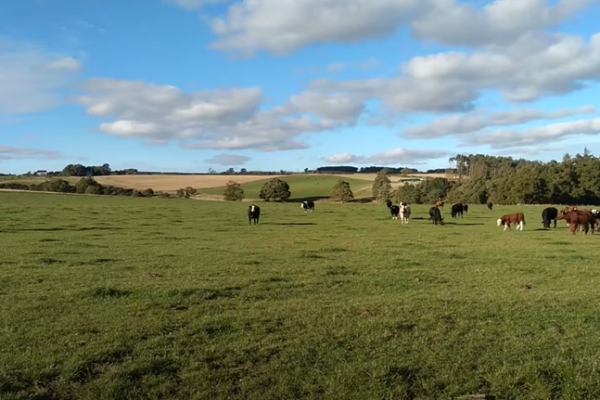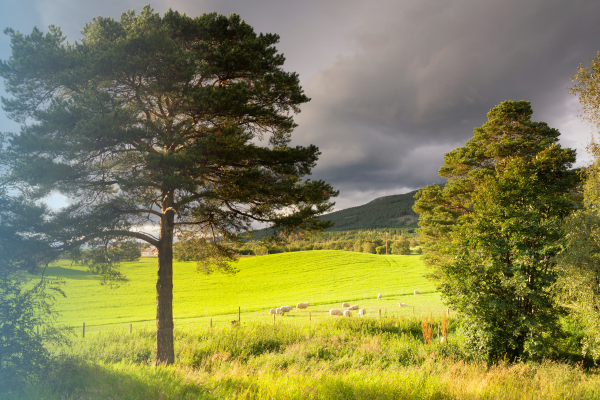Agribusiness News April 2025 – Nature Based Solutions In A Chaotic Climate
31 March 2025What’s coming ahead?
We are living in a rapidly warming and chaotic climate, with cascading and simultaneous effects of drought, flooding and extreme weather events across Scotland. Climate models predict by 2100, There may be an east : west divide in Scotland, where the west and west coast will experience higher frequency of extreme rainfall whereas the east will see more frequent droughts. The main predictions for climate risks and impacts would be:
- Flooding as frequency of extreme rainfall events may increase by 85% (between 2019-2080), and winters to be 12% wetter by 2070
- Drought and water scarcity, particularly in the east as consecutive dry days increase by 1-3 days from now until 2050
- Pest and disease outbreak as a warming climate enables pests and pathogens to expand their range northwards
- Soil degradation resulting from compaction, sealing or contamination that will incur yield loss (potential loss of 18.2% for spring barley), further GHG emissions, higher risk of flooding and poorer water quality
- Storm surges that lead to significant damage and disruption. Storms such as Desmond in 2015 are expected to be 40% more likely
The role of nature-based solutions
Nature-based solutions that work with natural processes can help farms to simultaneously improve yield, mitigate climate impacts, benefiting both biodiversity and people. However, as climate change worsens, their capacity to deliver benefits f will be limited as ecosystems degrade and biodiversity declines.
Delaying implementation could be more costly in the future as man-made substitutes are far more expensive and cannot deliver multiple co-benefits such as pollination, healthy soils, water purification and flood regulation from a single nature-based solution, such as 3D riparian buffer zones for example. Continuing with business-as-usual would make your farm riskier and more prone to yield loss or damages. As the financial sector looks to mitigate and adapt to climate change, future access to insurance and loans would depend on the sustainability and management measures on-farm to manage climate risks.
Design and placement matters
There is a need for more evidence and understanding of how applicable these measures are across different farming systems and locations. No one measure would guarantee a positive outcome, the best intervention is one that is suited to your farming system, soil type, water table, surrounding land management, vegetation etc. Measures are only as good as their design and placement. The only way is to experiment, learn and adapt.
Climate impacts are showing that nature-based solutions should be scaled up beyond field edges and hedges as a landscape-wide approach is needed where land-use should be multipurpose and diverse. This means we must shift from monoculture systems optimised for efficient production to diverse cropping and species-rich habitats across the landscape.
While some measures can benefit individual farms, resilience and effectiveness depend on neighbouring land-use and location of farms. For example, some natural flood management measures would require collaboration across multiple land managers at a catchment scale, especially with slowing down peak river flows which include which include leaky barriers at headwaters, riparian wetlands, and floodplain reconnection among others.
What measures would be feasible?
Two main nature-based solutions that can be adapted and implemented at farm/croft level are:
- Natural flood management- These include leaky barriers, on-farm temporary storage ponds, bunds, floodplain wetlands, and riparian woodlands to name a few. Temporary storage areas, which can be adopted by individual farms will be necessary to mitigate extreme weather events that lead to floods or droughts
- Regenerative agriculture– Measures that keep soil covered, minimise soil disturbance, and enable diversity on-farm will help improve soil health with higher organic matter content. This in turn will support water infiltration and moisture in soils e.g. cover crops, rotational crops, intercropping, multi-paddock grazing, agroforestry etc. Diversity on farm will support resilience not only against various pests and diseases, but also climate events such as drought and flooding.
Further resources
- FAS – Climate Adaption and Measures to implement on farm
- Adaptation Scotland (2021) has a summary of climate projections for the country here.
Tushaani Naidu, Tushaani.Naidu@sac.co.uk
Sign up to the FAS newsletter
Receive updates on news, events and publications from Scotland’s Farm Advisory Service



